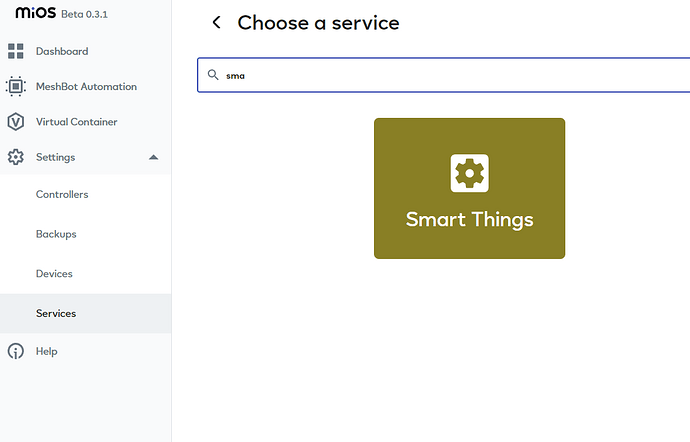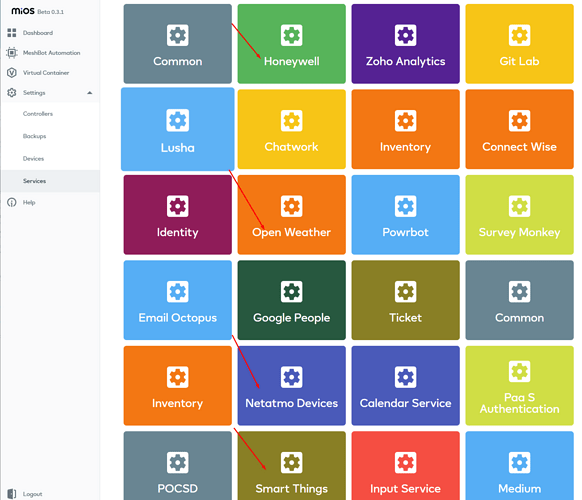We have a new Plug in team, with a brand new Plug in framework. DSC plugin is one of the first plugins we will develop along with the launch of new Plugin framework including a marketplace ( I can provide a date in 2 weeks time but the initial launch will be this year)
As @rigpapa mentioned he already has Ezlo integration with his system that runs on a separate computer .
We also have a native rule engine called EZLogic that doesn’t require you to run another computer for automation. You can see some of its capabilities here
Yes, EZLogic for now has some functionalities missing compared to Reactor. EZlogic has a different architecture to provide these kind of functionalities in a different way very soon and add more capabilities that doesn’t exist in Reactor like being able to connect in a ready and easy to use way with “any cloud” app (not released to public yet)
This also comes with integration to other “hubs” like “Smartthings”
or
Honeywell, Netatmo or Openweather (much more being integrated)
We believe “Automation” should be provided “Natively” for our users, without having to require them to use another computer or third party plugins, we also believe our Platform should work with “any” home automation system out there.


